
9 Ways to Get Your Home Ready for Fall
Whether we're ready to admit it or not, summer is quietly coming to a close and the fall months are quickly approaching. Similar to spring, a time where you dedicate a day or weekend to cleaning and preparing for the next season, there are certain tasks that should be taken care of in preparation for fall.
The following fall home checklist tips will help you accomplish just that. We'll cover everything you need to do from the inside out to get ready for fall.
Create a Backup Plan
Anything can happen during winter, so make preparations in fall. Having a home warranty plan can be a worthwhile investment. Should anything need repair or replacement in the winter months, a home warranty plan would cover the costs. Take a look at your budget this fall and determine if a small upfront payment to purchase the plan is feasible -it just might save your wallet down the line!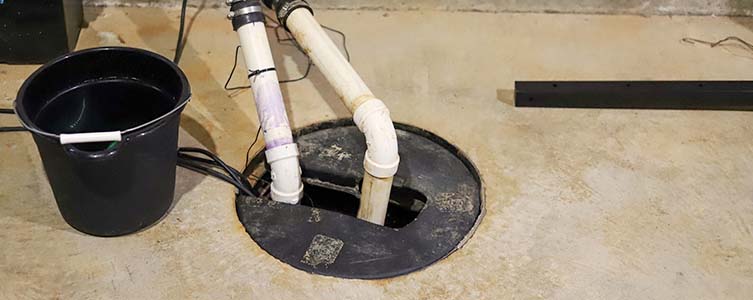
Check Your Sump Pump
Many times, people wait until right before spring to check their sump pump. Unfortunately, they may not check it in time for melting snow and end up with a flood on their hands. Inspecting your sump pump in the fall, and replacing it if necessary, will put you in the strongest position possible both for November rain and melting snow in March.
Schedule a Heating Inspection
With the arrival of fall comes the need to switch from cooling to heating mode. You don't want to wait until the dead of winter to repair or replace a faulty furnace or boiler, so autumn is the right time to get your heating system inspected.
Scheduling a professional heating inspection during fall is important for two main reasons. First, it protects you and your family from undiagnosed mechanical issues that could leak deadly carbon monoxide gas into the home. Second, it ensures you'll have heat when you need it most come January and February.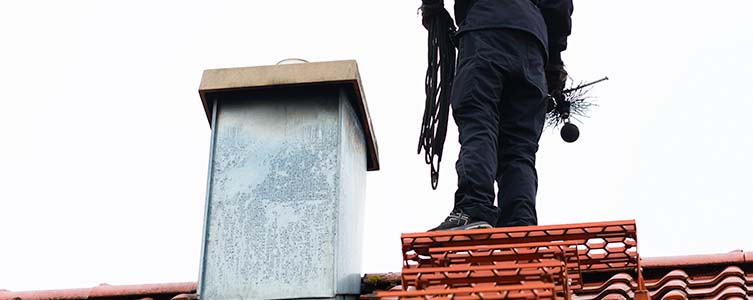
Get a Fireplace Safety Inspection
If you have a wood burning fireplace, you should always get an annual safety inspection before burning the first fire of the year to avoid chimney fires from creosote buildup.
Fall is a great time of the year to settle into the inspection routine, as homeowners typically don't use their fireplace until the cooler months. This is especially important if there are any visible cracks of mortar either on the inside or outside. It's better to play it safe and prepare the fireplace for the season instead of discovering the hard way that there are issues to be dealt with.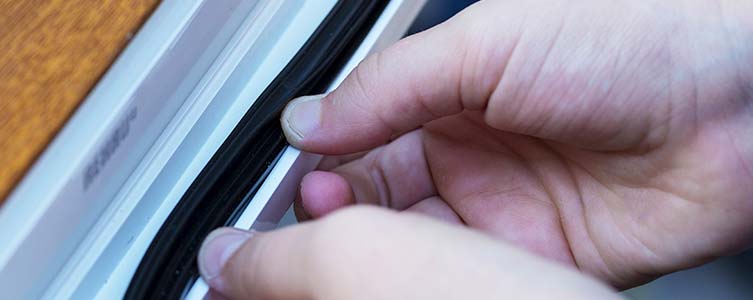
Replace Weather Stripping
Weather stripping is the process of sealing any openings in your home from the outdoor elements. The most common areas to be weather stripped are doors and windows, and while it seems like a minor task on a fall to-do list, it can make a huge impact.
Spending an hour or so weatherstripping your home can lower utility bills. If there are any leaks or openings, cold air is likely to spill in and force your heat to kick on and work harder than necessary.
Purchase a Generator
The weather can be unpredictable in the fall, and you'll want to be prepared should any unforeseen conditions arise. With storms, heavy rain and wind, and the beginnings of possible snow, having a
standby generator ready to kick on automatically is essential. This will give you peace of mind knowing you have backup electricity easily accessible if necessary.
At the minimum, you should have a emergency portable generator that you can set up when the power goes out.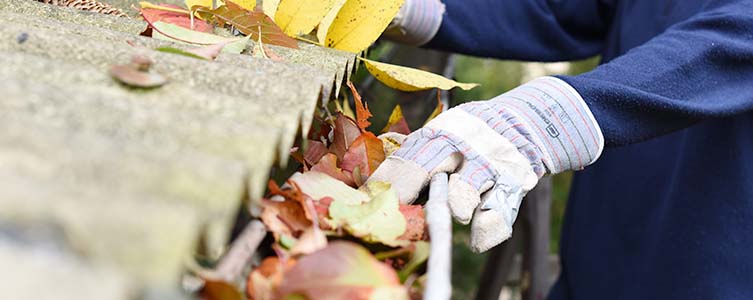
Clean the Gutters
As lovely as it can be to watch the leaves change colors, those leaves tend to make their way into the gutters of your house. During fall, make it a priority to check the gutters every now and then to make sure they aren't getting clogged. Leaf blower gutter kits can make cleanup a cinch.
As a preventative measure, consider installing gutter guards to prevent backup when wet season hits. This is imperative to take care of before fall arrives as it'll save you the headache of constant cleanup down the road.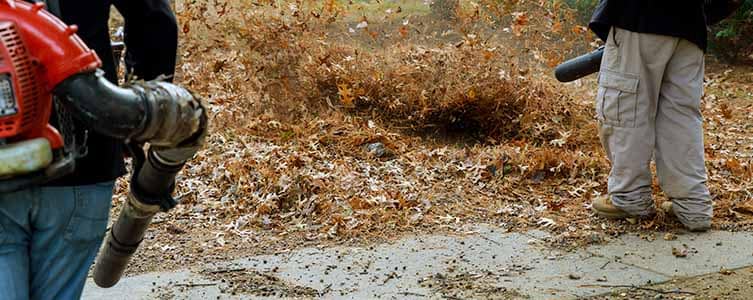
Tidy Up Your Lawn
During Fall, your lawn becomes ground zero for maintenance needs. Start by cleaning up fallen leaves with a leaf blower and mowing over them to create mulch. You can also collect the mulched leaves to create compost for soil enrichment.
Next, Fall is a good time to dethatch your lawn by removing dead grass and weeds with a dethatcher. You can also aerate your soil to promote better oxygen absorption. Taking these steps will put your lawn in a stronger, healthier position come spring. If you decide to dethatch and/or aerate your soil, do so in early Fall and not right before the first frost.
Finally, continue mowing your lawn into the Fall as long as it keeps growing. That could mean until late November in some cases. Once you're done for the season, drain the fuel, change the oil, remove the battery (if applicable) and get your mower and other power equipment ready for winter storage.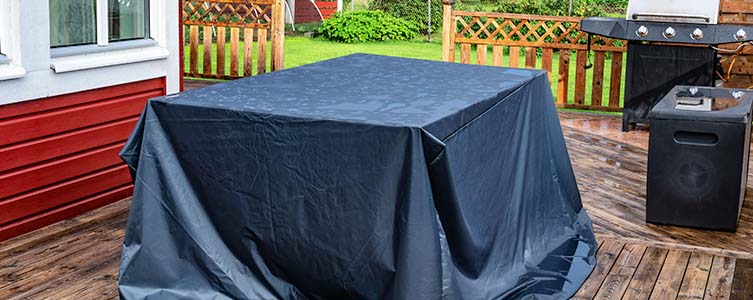
Cover the Outdoor Furniture
Although a lot of outdoor furniture is meant to withstand the elements outdoors, it's best to cover it up if possible. Ideally, it can be stored away in a shed. However, this is not the case for everyone, and covering each piece is plenty of protection in itself. Doing so will help extend the lifespan of the furniture and ensure you're getting ample use for years to come.
Taking the extra time to peek around your house and get ready for fall is extremely important! Not only can it help save money, but it will also give you peace of mind and help you sleep easy knowing everything is squared away.
NEXT: How to Increase Home Value

